|
ID |
Nickname |
Country / City |
Languages |
Taxonomies |
Comment |
Project / Group |
Map |
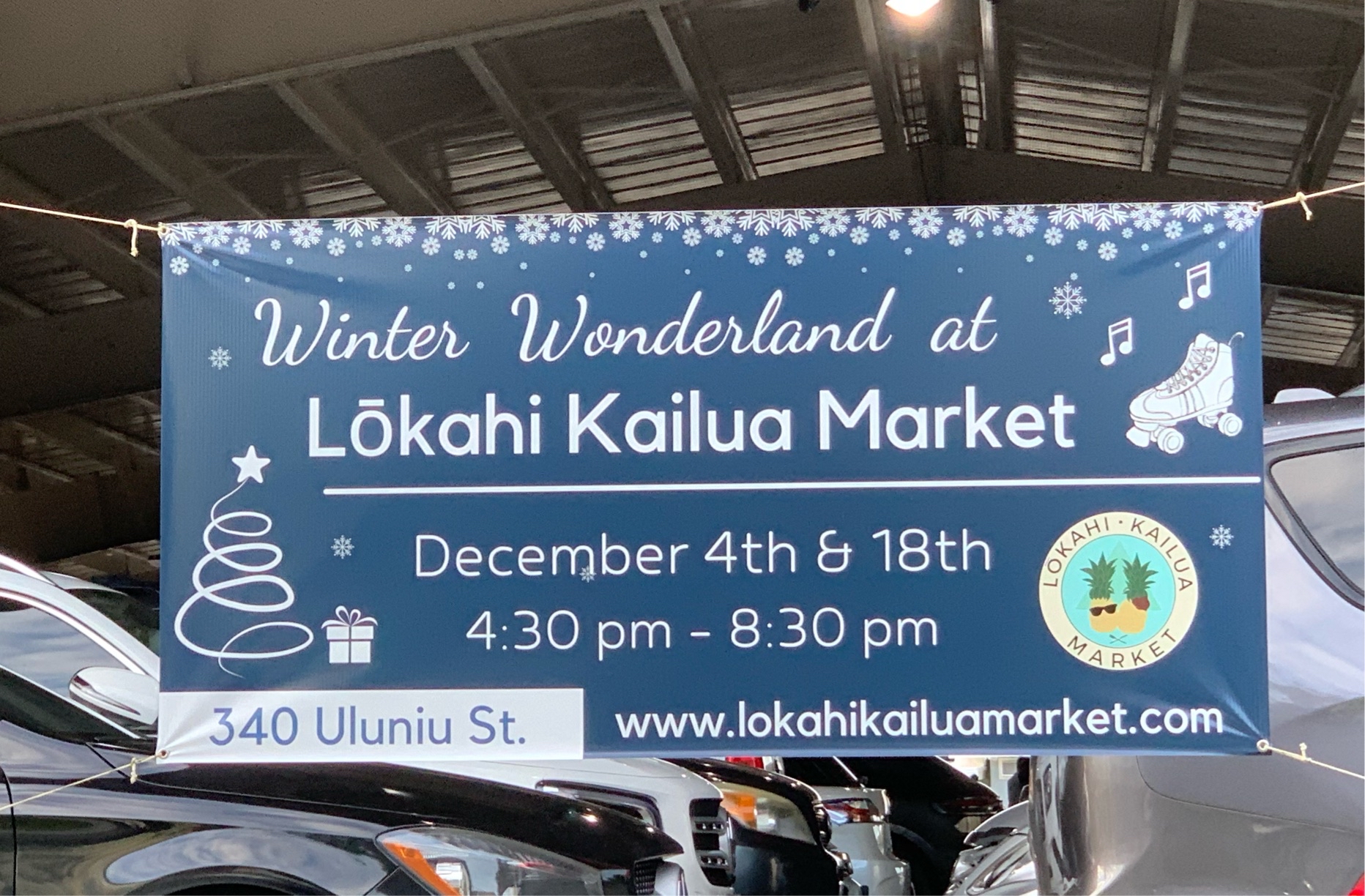
|
47184
|
|
United States
Kailua
|
|
|
HC
medium: Party sign
print: Vinyl printed Sign
message: "Lokahi" meaning, "Unity" in Hawaiian.
implied audience: Families, Friends
how it relates to language rights: "Lokahi" brings a sense of unity within the Kailua Community.
|
Multilingual Hawaiʻi
|
|

|
47183
|
|
United States
Kailua
|
|
|
HC
medium: Athletic surf shirt
print: Bright orange neoprene rashguard
message: "Aloha" is the universal term associated with Hawaii. Means, "Hello" "Goodbye" "Love" "I love you", etc.
implied audience: surfers, women athletes
how it relates to language rights: "Aloha" is a ubiquitous term seen everywhere in Hawaii, signifying the cultural phenomenon on the concept of Aloha in Hawaii.
|
Multilingual Hawaiʻi
|
|

|
47182
|
|
United States
Honolulu
|
|
|
AJR - Check In #3 This picture shows a sign posted in the McCully District Park. The languages used in this photo are primarily English but are accompanied by “Mahalo for your consideration”. The intended audience is any gym-goers as the message posed is easily understood from both an English-speaking point of view and the latter
|
Multilingual Hawaiʻi
|
|

|
47181
|
|
United States
Honolulu
|
|
|
AJR - Check In #3 This picture shows a greeting sign outside of a shopping center in Kalihi that is solely in Hawaiian. We don’t see signs like this that are only in Hawaiian; they are usually accompanied by at least a few words in English. The intended audience can be considered to be either tourists or locals. I say this because promoting signs like this may be with misguided intentions, such as attracting attention from tourists rather than promoting more of a local/Hawaiian status in the island
|
Multilingual Hawaiʻi
|
|

|
47180
|
|
United States
Honolulu
|
|
|
AJR - Check In #3 This picture shows the signage on a newer model of The Bus with a Hawaiian phrase being on the forefront. The use of Hawaiian on the bus is to promote more of a local claim on such a major form of transportation on the island
|
Multilingual Hawaiʻi
|
|
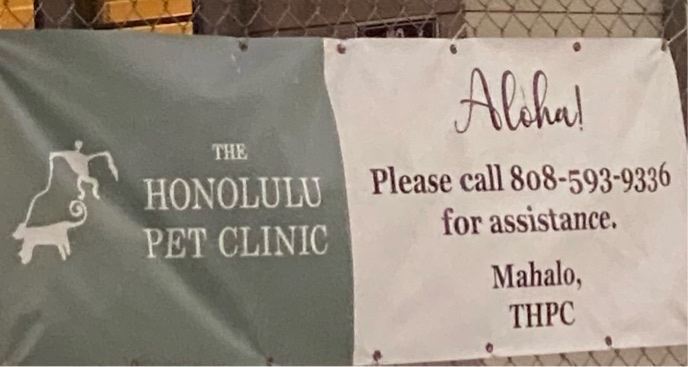
|
47179
|
|
United States
Honolulu
|
|
|
AJR - Check In #3 This picture shows an advertisement outside of a pet clinic. The word “Aloha” is in the largest print, grasping the attention of passerby’s while the rest of the print is in smaller fonts
|
Multilingual Hawaiʻi
|
|

|
47178
|
|
United States
Kailua
|
|
|
HC
medium: Packaging for Lotion
print: Carboard box
message: "Pikake" is the Hawaiian name for Jasimum Sambac, a flower originating from southeast asia
implied audience: Lotion users
how it relates to language rights: Moea is a local brand that carries skincare products originating from Hawaii, opening the doors to more potential buyers being open to Hawaiian-themed cosmetics.
|
Multilingual Hawaiʻi
|
|

|
47177
|
|
United States
Honolulu
|
|
|
AJR - Check In #3 This picture was taken at a Times Supermarket. The intended audience is shop goers as the language used is both English and Pidgin
|
Multilingual Hawaiʻi
|
|
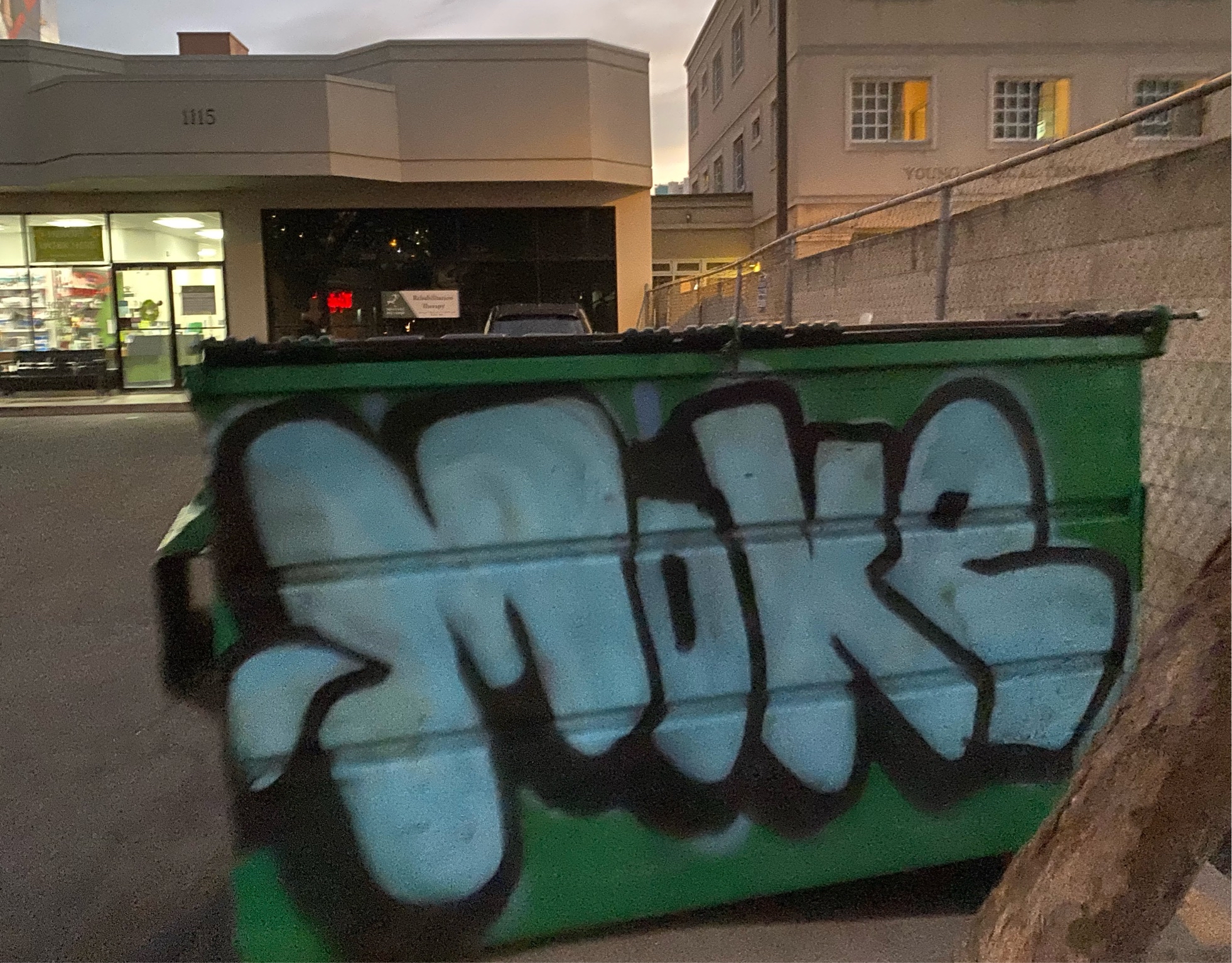
|
47176
|
|
United States
Honolulu
|
|
|
AJR - Check In #3 This picture displays graffiti on a dumpster. In my understanding, the word “moke” refers to a male local of Hawaii, most often of Native Hawaiian descent, who partakes in activities such as fishing, BBQing, things of the like. The idea is that a “moke” is a true local of the islands. The intended audience can be considered to be anyone that sees this dumpster, however, with the message included it may be geared more towards locals who understand the meaning of the word
|
Multilingual Hawaiʻi
|
|

|
47175
|
|
United States
Kailua
|
|
|
HC
medium: Pidgin Language Visual Dictionary
print: Paperback book
message: "Pidgin to da max"- "Definitive Pidgin" translated to HWC
implied audience: Locals, Tourists
how it relates to language rights: "Pidgin to da Max" is the definitive guide to learning pidgin terms and vocabulary in Hawaii, as of 1983.
|
Multilingual Hawaiʻi
|
|

|
47174
|
|
United States
Honolulu
|
|
|
AJR - Check In #3 This picture shows a an advertisement sign by Central Pacific Bank. The languages used in this sign are English and Pidgin with the word “Shaka” in large print while the rest of the English words are in much smaller print. With how large “Shaka” is compared to the rest of the words on the ad, it brings most of the focus to it while the rest of the ad acts as a background filler. The intended audience is anyone capable of speaking English since the ad is placed outside next to a major street
|
Multilingual Hawaiʻi
|
|

|
47173
|
|
United States
Kailua
|
|
|
HC
medium: Christmas greeting card
print: Printed on index cardboard
message: "Da kine stuff I like for Christmas"- "The things I would like for Christmas." in Pidgin translation
implied audience: Friends, Family
how it relates to language rights: The use of Pidgin and furthermore description of wants for christmas translated to pidgin calls to attention, a positive list of things that can spread the christmas cheer.
|
Multilingual Hawaiʻi
|
|

|
47172
|
|
United States
Honolulu
|
|
|
HC
medium: Leather label of a pencil case
message: "Dakine" is a simple placeholder word for describing any nondescript object in Pidgin
implied audience: Students, local students
how it relates to language rights: "Dakine" is a fashion brand that specializes in local surf culture and lifestyle, as their eponymous name is subsequently used as their message.
|
Multilingual Hawaiʻi
|
|
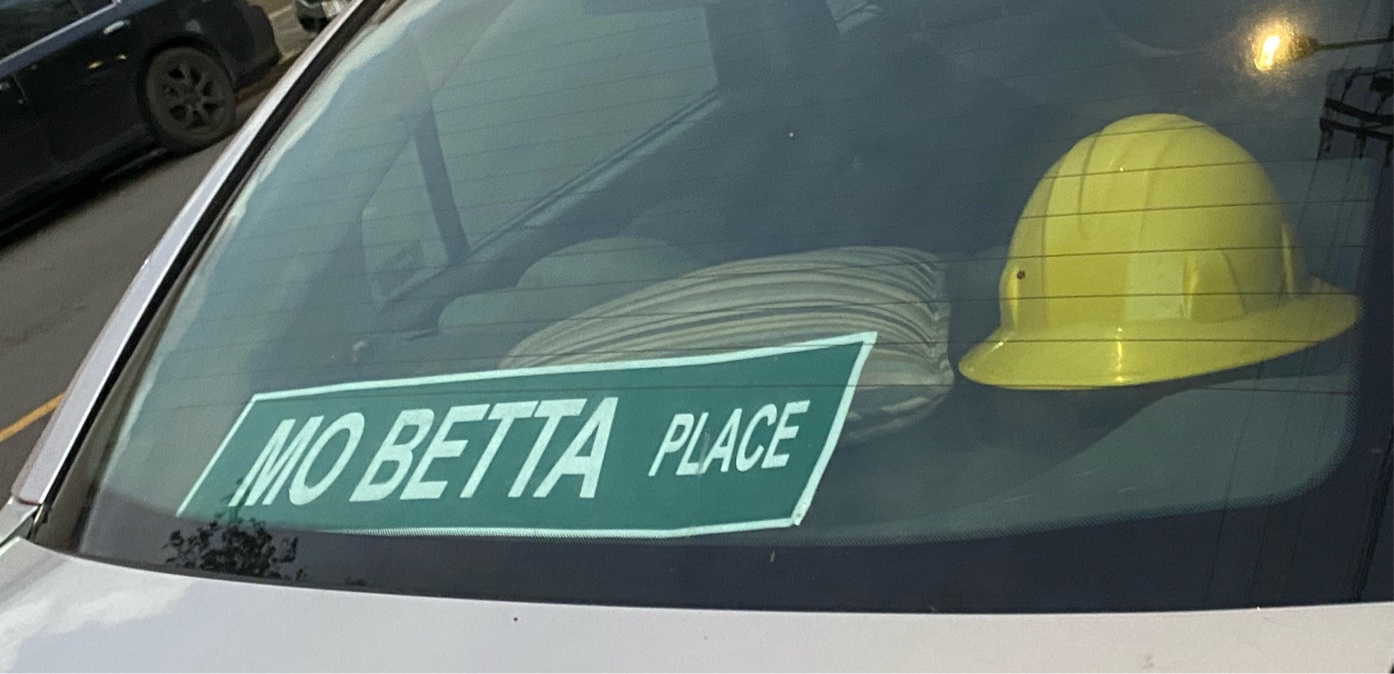
|
47171
|
|
United States
Honolulu
|
|
|
AJR - Check In #3 Pidgin is being used in this makeshift street sign as you can see in this photo with the phrase “mo betta place”. The intended audience is most likely locals but can be considered on a wider scale and be aimed more towards anyone.
|
Multilingual Hawaiʻi
|
|

|
47170
|
|
United States
Honolulu
|
|
|
HC
medium: Paperback book
message: "Da Good An Spesho Book"- HWC translation of the new testament
implied audience: Christians, Local Christians
how it relates to language rights: Allows local Christians to read the bible in Pidgin.
|
Multilingual Hawaiʻi
|
|

|
47169
|
|
United States
Honolulu
|
|
|
KA : Hele means to go. Here it implies speed in filling gas and getting on your way. That way advertising their product.
|
Multilingual Hawaiʻi
|
|

|
47168
|
|
United States
Kaneohe
|
|
|
SU: Check Up #3
- What languages are used on the sign?:
The languages that are used on the sign are Hawaiian and English.
- How are the languages presented?:
The Hawaiian language is presented in big, black letters and the English is presented in small, black letters.
- Who is the audience?:
The audience is the general public, but would probably be more directed towards locals and possibly non-locals.
- What is the domain?:
The domain is on an information card in a Times supermarket.
- What is the sign telling people?:
The sign is telling people that the “ka lekuke” is located here and that in English, this means lettuce.
- Why is Pidgin/Hawaiian being used here?:
Hawaiian is being used here to attract the attention of the locals and people who speak Hawaiian. It is also appropriate for it to be used here since our island consists of people who speak Hawaiian and it is also taught in a lot of schools, so it might be a way of educating people as well.
|
Multilingual Hawaiʻi
|
|

|
47167
|
|
United States
Kaneohe
|
|
|
SU: Check Up #3
- What languages are used on the sign?:
The language that is used on the sign is Hawaiian.
- How is the language presented?:
The language is presented in all white letters in both upper case and lower case.
- Who is the audience?:
The audience is the general public, but would probably be more directed towards locals.
- What is the domain?:
The domain is on the back of a car used as a bumper sticker.
- What is the sign telling people?:
In Hawaiian, “olukai” means the comfort that we feel around the ocean since that’s where we feel most at home. It is also where the people of Hawai’i feel most inspired. “Olu” means comfort and “kai” means ocean.
- Why is Pidgin/Hawaiian being used here?:
Hawaiian is probably being used here because this person loves the ocean or being out in the ocean and it’s also probably where they feel most comfortable or at peace.
|
Multilingual Hawaiʻi
|
|

|
47166
|
|
United States
Aiea
|
|
|
SU: Check Up #3
- What languages are used on the sign?:
The language that is used on the sign is Hawaiian.
- How is the language presented?:
The Hawaiian word “aloha” is presented backwards and upside down in all white letters.
- Who is the audience?:
The audience is the general public, but would probably be more directed towards locals.
- What is the domain?:
The domain is above a clothing store in Aiea in a public shopping center.
- What is the sign telling people?:
The Hawaiian word, “aloha”, is a form of greeting to say hello, welcome and is also a form of farewell or to say goodbye. It also means the presence of breath or breath of life as “alo” means “presence” or “share” and “ha” means “breath of life” or “essence of life”.
- Why is Pidgin/Hawaiian being used here?:
Hawaiian is being used here to catch the attention of the locals as they pass by the store.
|
Multilingual Hawaiʻi
|
|
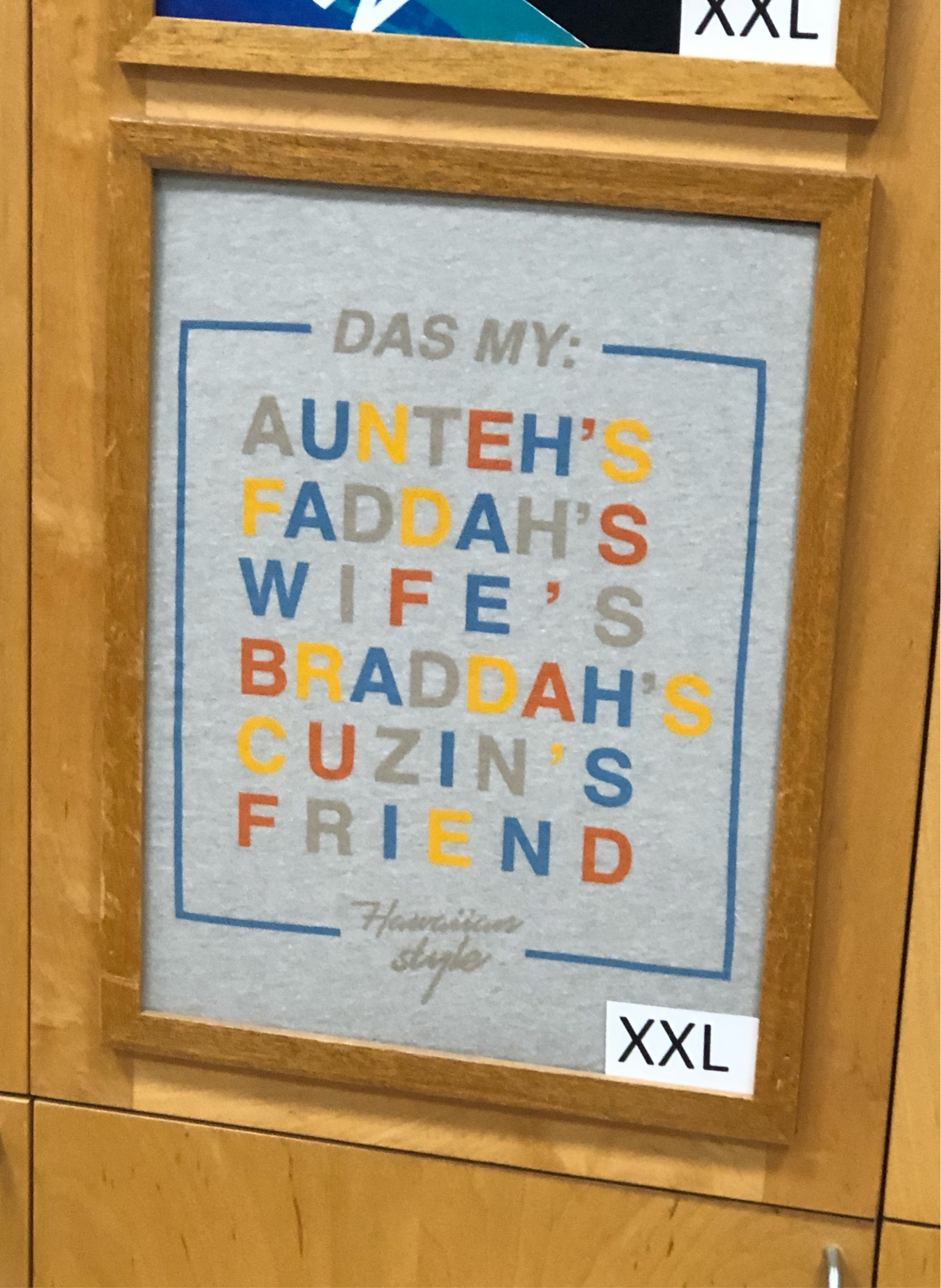
|
47165
|
|
United States
Kaneohe
|
|
|
SU: Check Up #3
- What languages are used on the sign?:
The languages that are used on the sign are Hawai’i Creole or Pidgin and English.
- How is the language presented?:
Both languages are presented in colorful and upper case letters but I think the Pidgin word “braddah” is the most colorful on the sign and has the least amount of grey letters.
- Who is the audience?:
The audience is the general public, but would probably be more directed towards locals.
- What is the domain?:
The domain is on an example card for a T-shirt in the T&C store at Windward Mall.
- What is the sign telling people?:
The phrase in the sign is a common way people in Hawai’i explain how they know someone, to someone else. In this case the person that they’re talking about would probably be their grandma’s, brother’s, cousin’s friend.
- Why is Pidgin/Hawaiian being used here?:
Pidgin is being used here because it is a unique and intriguing way to make a shirt and it is also appropriate since the people in this island commonly use this type of language.
|
Multilingual Hawaiʻi
|
|